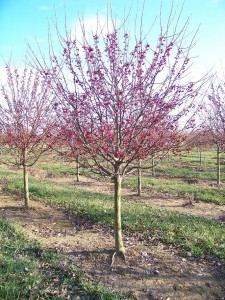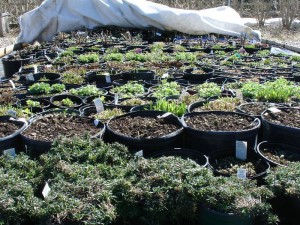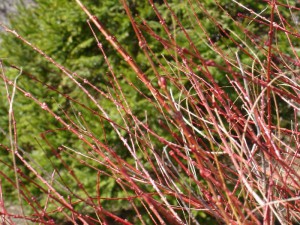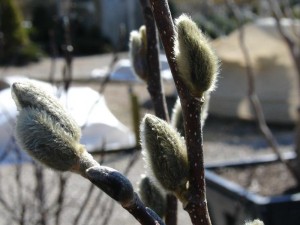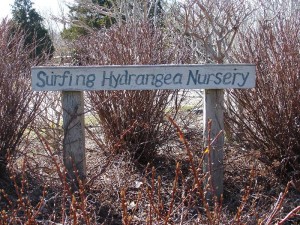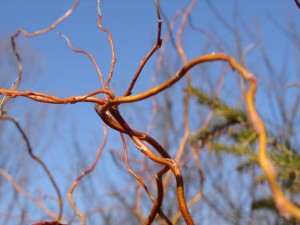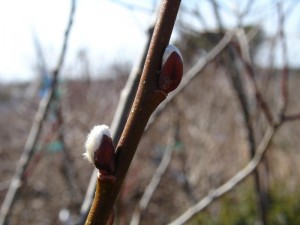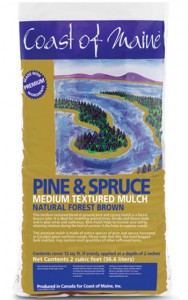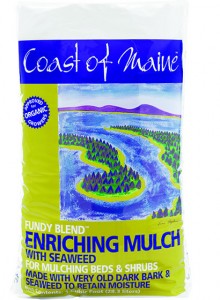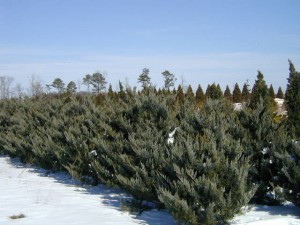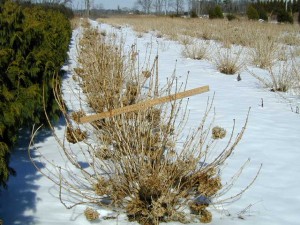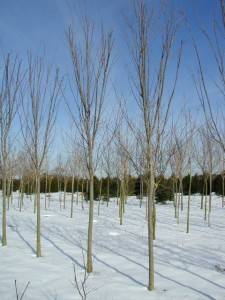 Getting Hydrangeas to bloom reliably year to year requires a little bit of horticultural knowledge. Hydrangea paniculata and arborescens cultivars bloom on wood produced during the current growing season, and can handle severe pruning or winter die-back, and still flower heavily.
Getting Hydrangeas to bloom reliably year to year requires a little bit of horticultural knowledge. Hydrangea paniculata and arborescens cultivars bloom on wood produced during the current growing season, and can handle severe pruning or winter die-back, and still flower heavily.
Generally, Hydrangea macrophylla cultivars bloom on the previous season’s woody stems. Severe pruning or winter die-back of these types will remove over-wintering flower buds, sacrificing the current season’s show.
In short, Hydrangea paniculata and arborescens can be pruned to shape and size as you desire without affecting flowers. However, avoid severe pruning on Hydrangea Macrophylla – the best cultural practice is to remove dead wood and a small portion of the oldest, least productive, stems. It is not necessary to top Hydrangea macrophylla. Leave the tips of healthy stems in tact for the maximum number of flowers. If you must top them, do not remove more than 2.5 – 3′ in height, as most flower buds are formed in the top three feet of these shrubs.
New varieties of Hydrangea macrophylla have been developed that bloom on old wood as well as new growth. The Endless Summer © series is now widely available and nearly guarantee flowers, even with heavy pruning or die-back. We carry a wide assortment of hydrangeas to choose from, in large and small sizes, ready to make any garden even more beautiful. Come in and take a look!



